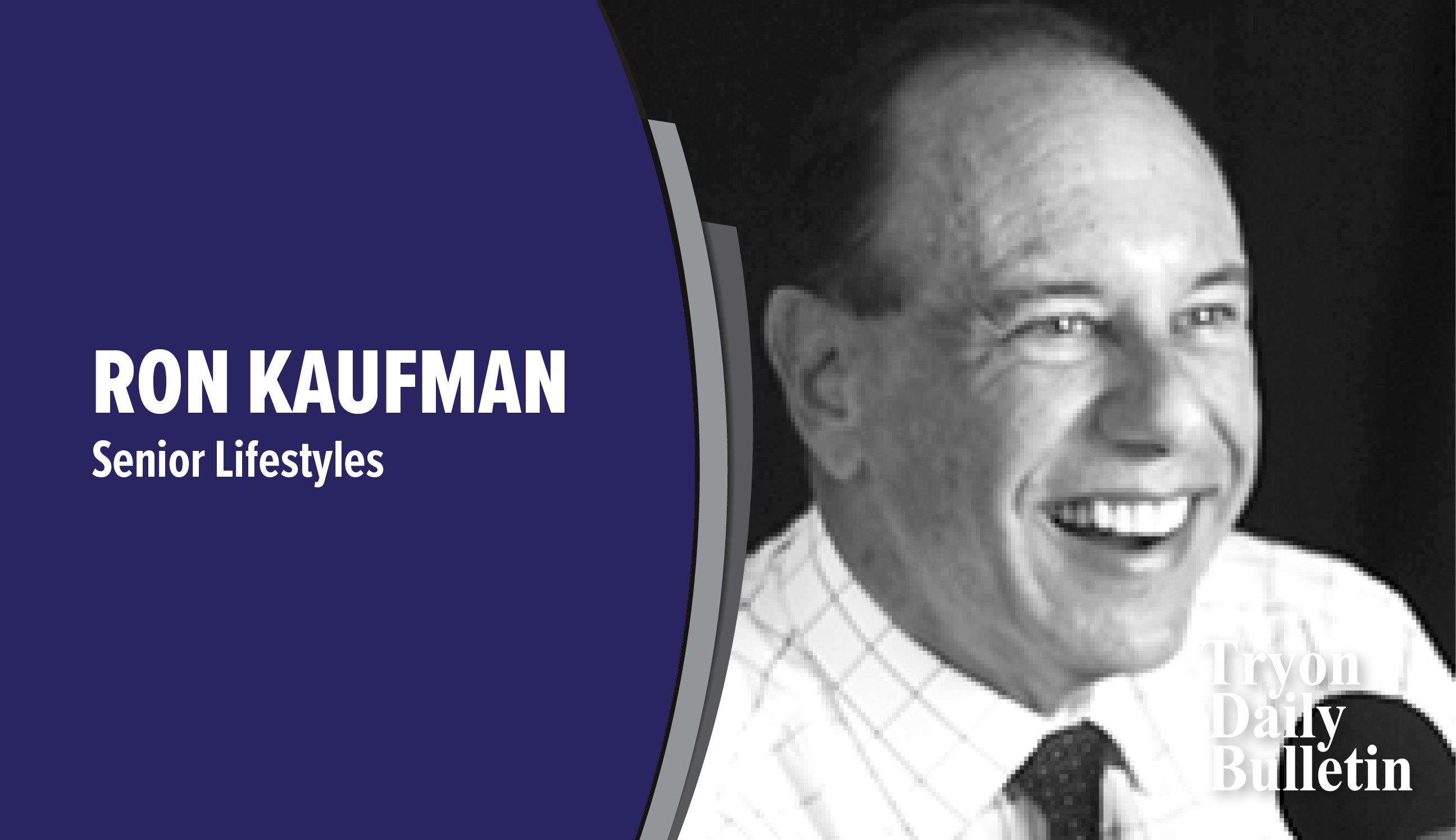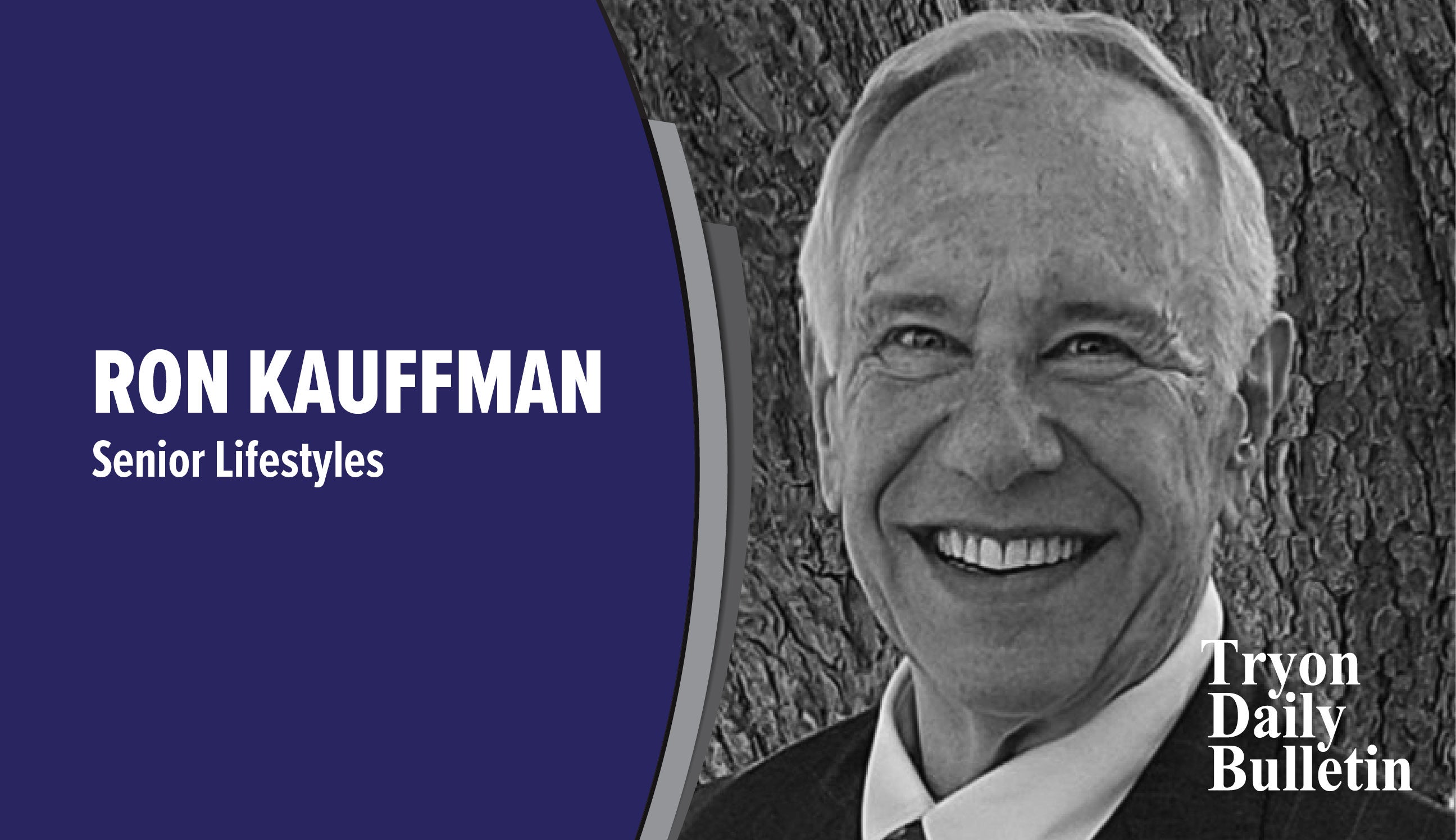Aging in place
Published 10:10 am Monday, June 13, 2022
|
Getting your Trinity Audio player ready...
|
As we get older, we often find ourselves facing some very daunting decisions about where to live out our lives. If we’re in reasonably good health, whether alone or with a significant other or family member, staying in your own home may be an option. But if health issues, stairs or simply the size of a home and the associated costs to maintain it are becoming too much to handle, it may be necessary to consider your options before any changes may be required due to major issues.
Many younger people don’t think about what they’ll need once they stop working, and often put off the idea of planning for retirement. Many believe that there’s no chance that things will be different as they age, and they’ll be able to handle everything just as they do today. Imagine their surprise when they learn that those golden years may show some serious signs of “rust.”
Aging in place refers to a person living where they would like and having the physical and financial ability to sustain and maintain their daily lives without losing their quality of life which includes maintaining their health, social, and emotional needs in the residence of their choice.
To achieve a comfortable life as we enter our senior years requires us to start thinking and planning for our financial needs and begin putting in place, as early as possible in life, a plan that will assure us of that outcome. This is best achieved while we’re in our higher earning years, and like a written will, revised and modified according to changing needs and requirements over time.
No matter how fit we are and how well we take care of our bodies, eat right, exercise and keep our minds active, aging changes all of us. Some of the most common changes include reduced strength and endurance, failing eyesight and hearing, decreased bone density and issues with balance. These changes are inevitable for virtually everyone and we may begin to notice them as early as age 50, or for others not until their 70s.
Planning for the future means looking realistically at where you’ll be safe. You’ll have to have the resources that may be needed to deal with issues that may impact your activities of daily living, like the ability to move from one place to another without assistance, personal hygiene, bathing, toileting, dressing and the ability to feed yourself.
Start preparing now by making a list of what is most important to you. You’ll review that list as you get older, or things change. Some of the questions you want to answer are: How do you picture yourself spending your retirement years? What type of home environment do you see yourself in – individual, community, assisted? Are there any special health care needs that you have or anticipate needing? Are there any supplementary services you may require like prescription medicine management or transportation? What is your plan in case of emergencies, life changing events or accidents?
The best approach to aging in place is to plan out your future years before it becomes urgent and life changing. As you age, you’re free to modify those choices. Keep in mind that you can choose to do as little or as much as you want and are capable of doing based on your level of fitness and your financial resources. Time goes by quickly and though it may seem like the distant future to some, aging in place is something most of us need to think about and plan for as early as we can.
Ron Kauffman is a Consultant & Expert Speaker on Issues of Aging. You may contact him by phone at (828) 696-9799 or by email at: drron561@gmail.com



